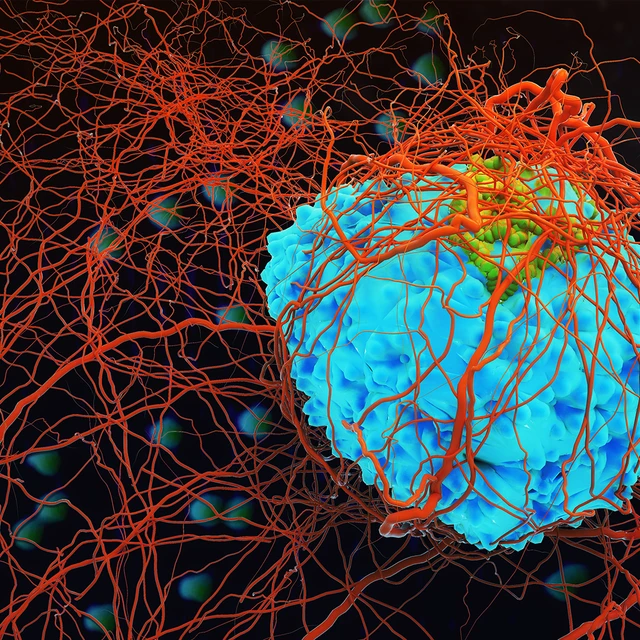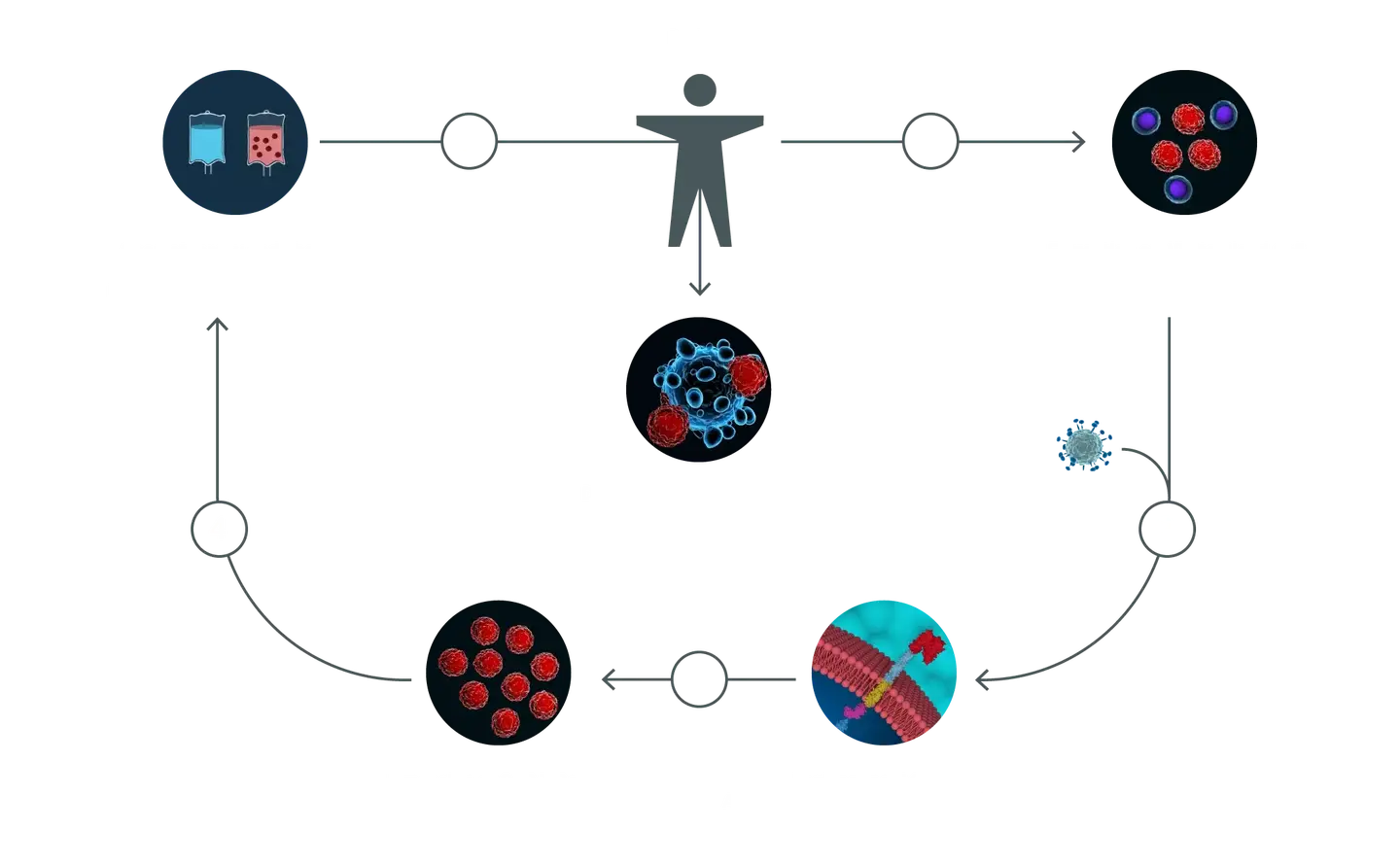
The most obvious way to understand changes in a diseased state is to isolate cells from a patient suffering from that disease and compare their properties to those from a healthy person. The isolated cells can be characterized for their genetic constitution (mutations in certain genes), protein profiles, or even biomechanical properties. Any deviations from normal cell state help identify the causal elements involved in that particular disease. The same setup can also be used for screening the effect of certain drugs on diseased cells, while monitoring side effects on normal cells.
In cancer research, for instance, primary cell culture from patient biopsy has afforded us with personalized systems with which to study disease and therapeutic options [1]. Excised tissue is minced and digested with enzymes to break down the extracellular matrix, leaving the cells to be cultured and tested for deleterious mutations, sensitivity to different therapeutic applications, and cancerous properties.
Fibroblasts are one of the most commonly studied adult human primary cells. They are durable in culture, and have therefore been the go-to cell type for the foundational studies of genetic manipulation in cell culture. The best example of their utility has been in generating induced pluripotent stem cells (iPSCs) that can differentiate into any cell in vitro. In a separate discussion, we also elaborated on the iPSCs generation and stem cell applications. Lastly, for our primary cell-based disease modeling discussion, researchers have used human skin fibroblast as a model for understanding Parkinson’s disease [2].



